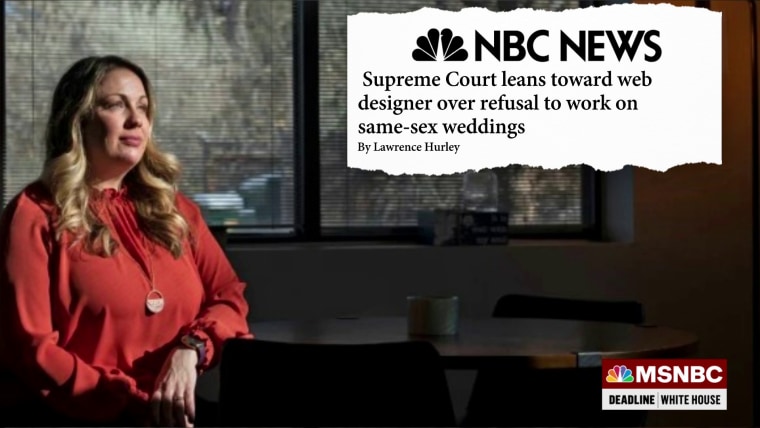With the Supreme Court’s reputation taking a beating lately, you’d think the justices might want an easy win for transparency.
You’d be wrong.
The court said Monday that it will resume the pre-pandemic practice of announcing opinions in court. To be clear, that’s a good thing. It allows the justices — both in the majority and, on rare occasion, the dissent — to summarize their rulings for the public, with remarks that don’t always appear in their written work.
The public should have the option of tuning in to hear what our most powerful public servants are up to in supposedly open court.
But that’s only part of the story. The second, more perplexing part is that the court won’t livestream these remarks. The only people directly privy to the justices’ words will be those at the courthouse. The audio won’t be available until the next term, in October, after the court turns it over to the National Archives.
There’s no good reason for this. The public should have the option of tuning in to hear what our most powerful public servants are up to in supposedly open court.
If there was some logistical issue with broadcasting the court’s proceedings, then that might be more understandable. But, to quote a popular 1970s TV show with which some justices might be familiar: “We have the technology.” In fact, the court has been livestreaming arguments, which has let us listen in as the Republican-appointed majority ponders how to rule the country — just last week, the court heard disputes over elections and discrimination that will affect millions of people.
So what’s the logic in permitting the public to hear arguments while they’re happening but not the results of those arguments when the justices explain them?
Its decision to keep the audio confined serves as a form of information control over the people bound by the decisions being announced.
As is often the case with the court’s workings, we’re left to speculate. We know it’s not a logistical problem, because the court has demonstrated that it can regularly livestream arguments — which it wasn't doing pre-pandemic. And these announcements are being made in open court, so the justices’ words aren’t a complete secret. Whatever the court’s intentions, its decision to keep the audio confined serves as a form of information control over the people bound by the decisions being announced.
Indeed, the justices have criticized media coverage of the court — so why not let the people hear straight from the source? (That’s why there should be cameras in the courtroom, too, but let’s focus on the modest subject of audio for now.)
Maybe the issue of opinion announcement audio seems like a small thing to some people. The opinions themselves are public; these are merely the justices’ words, and not necessarily the exact words of the opinions at that. There’s some measure of truth there, but, ultimately, it’s belied by the court’s decision to keep those words cooped up. That is, if it’s not a big deal, then why hide it, even temporarily?
Again, we’re left to speculate.
We know that monumental decisions are coming this term — on voting rights, affirmative action and more. Presumably, these decisions will at least largely consist of Republican appointees in the majority and Democratic appointees in dissent. Is the majority worried about being taken out of context on the evening news and social media? Is the majority worried about not being taken out of context in those forums? Is the majority worried about broadcasting a dissent that’s read in open court, a relatively rare event that calls greater attention to a case, spotlighting a perceived injustice?
If the court has an official explanation to offer, then it should give one. Or it could simply choose to end any speculation on the matter while promoting transparency. That should be an easy win for a court that's confident in its work.
And it’s worth emphasizing that this isn’t about broadcasting the court’s private conferences or anything of the sort. This is about making public, in a humbly modern way, a purportedly public event. It's about sharing the justices’ chosen words with the millions of people who are bound by them. If people choose not to tune in, then that’s their choice. It shouldn’t be the court’s.

